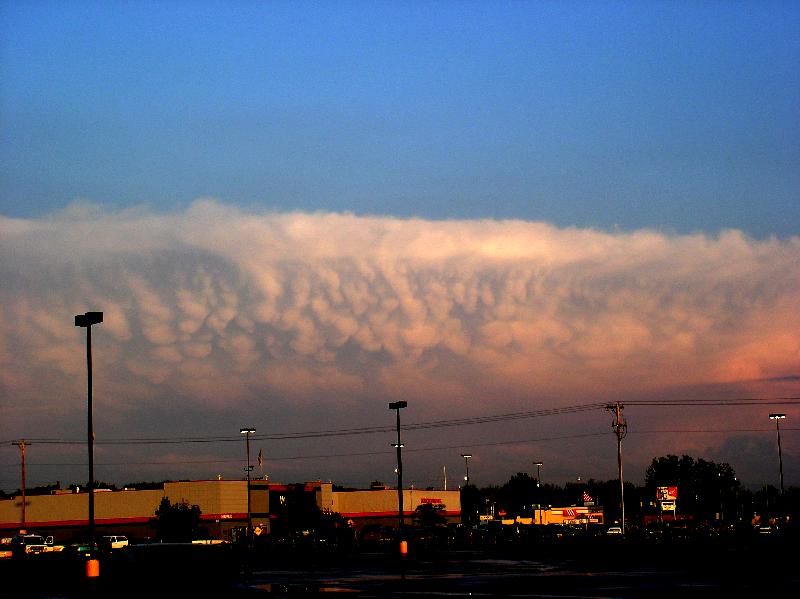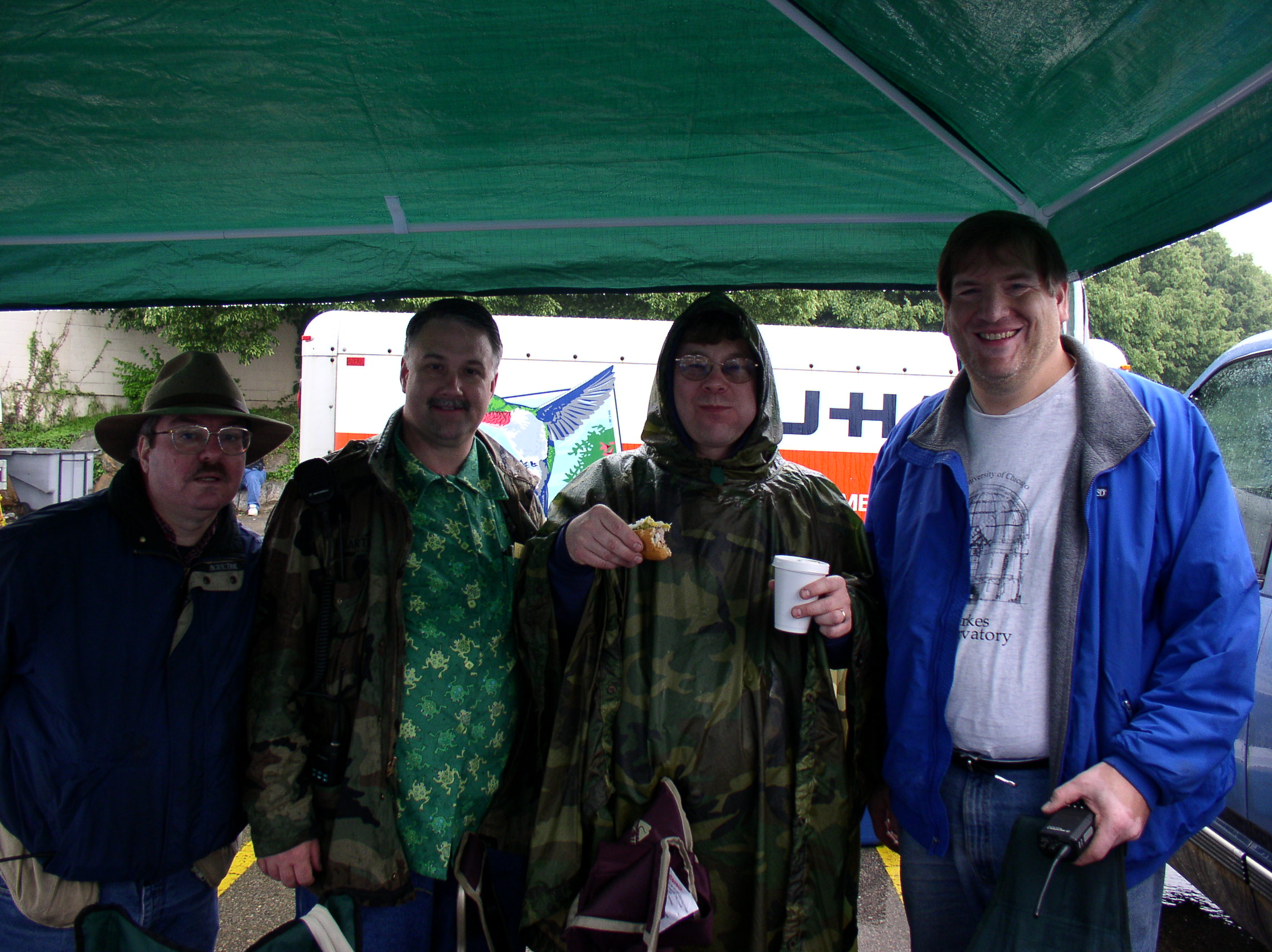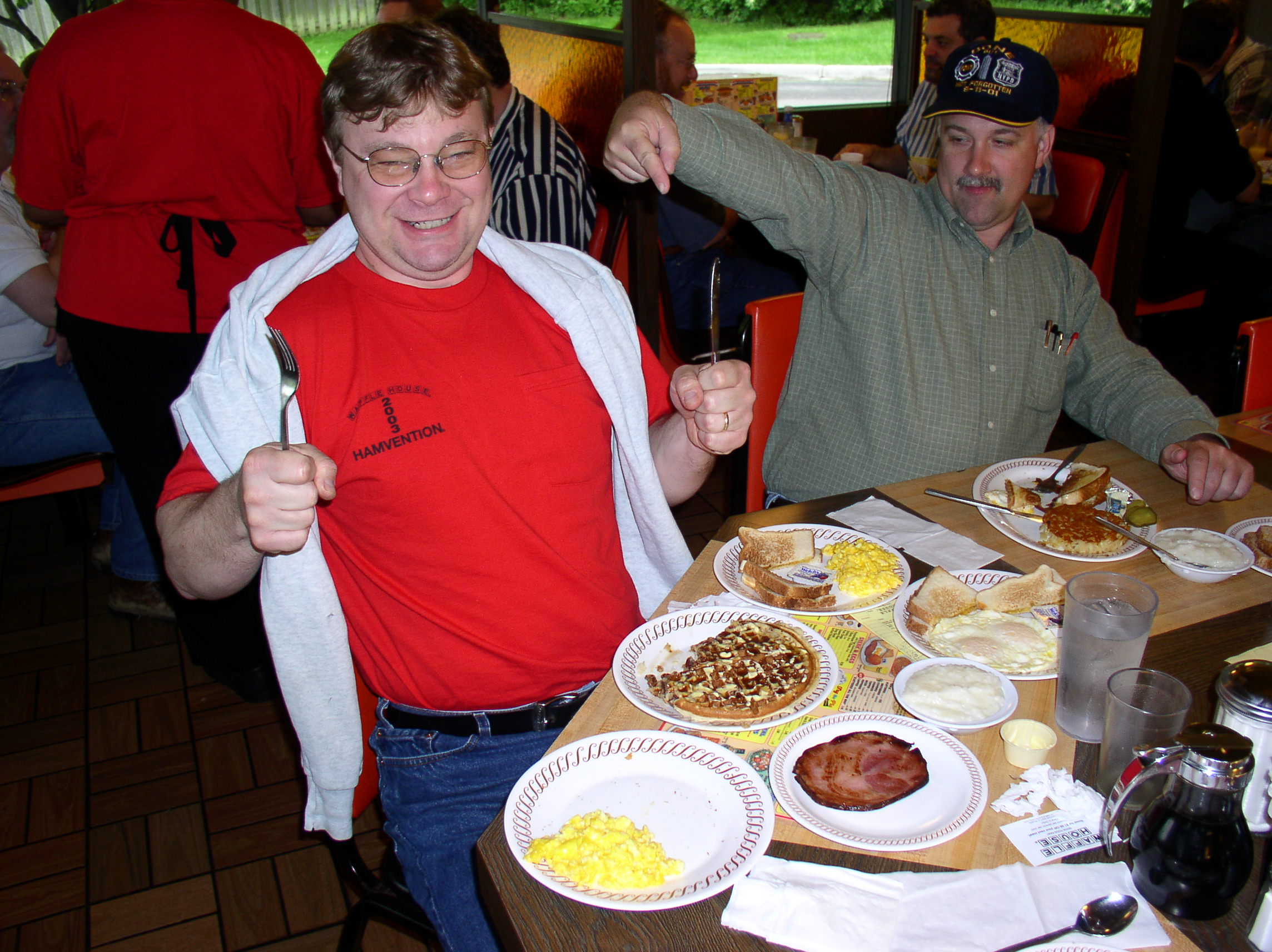Home Page of Greg Buchwald, K9QI
Amateur Radio and Astronomy…
During 2000 and 2002, I was fortunate
enough to be able to do astronomy under the dark skies of Namibia. At 5000
feet AMSL, and with 65 degree, 5% humidity days, and temperatures falling
just to freezing at night in June and July of each year, the skies at Tivoli
Farm are welcoming to an amateur astronomer like myself. In addition to
enjoying the fine skies at night, I was issued the call V51/K9QI during each
trip. Despite poor band conditions during this time of the year on each
trip, I was able to make many European contacts, as well as contacts across
Africa. I also was able to make nearly daily contacts with a group in
Southern California. Once again this year, I hope to return to Tivoli in
the hopes of setting up a remote observatory that will be available for use
by students as part of the Hands-On-Universe project. I also volunteer time
at Yerkes Observatory, operated by the University of Chicago, and home of
the world’s largest refracting telescope, the great 40 inch Hale refractor.
Please enjoy a few pictures of the stark, but beautiful surroundings in
Namibia.

The Dunes of Soussosvlei – The Namib Desert, Namibia



Eta Carina Nebula
Earth’s Shadow at Sunset Sunset on an Acacia
Tree


A really big kitty, actually, a cheetah
They make great pets and watch “dogs”!!!
Solar Astronomy and Solar
Eclipses
The Sun is our closest star. It is
responsible for the unusual propagation effects we witness on all bands
from 160 meters to at least 6 meters. Without it, we would not have the
unpredictable, yet exciting cross country contact potential we enjoy at 50
MHz, and we would also not be completely shutdown by a huge X-class flare as
we were a few years back during the November SSB Sweepstakes. The sun is an
interesting object to view, either with a broadband filter, during which
times you are able to see the sunspots – magnetic storms on the sun, or with
a narrowband filter such as a Daystar 0.6A Hydrogen Alpha filter. The
latter allows a person to see and photograph granulation on the surface of
the sun and prominences on the edge of the disk of the sun. Usually,
filters are required to view the sun safely; without a filter permanent loss
of vision would occur in a very short time due to burning of the retina by
infrared radiation. There is one time, however, when the sun can be safely
viewed without a filter. That time is, of course, during the total phase,
or totality of a solar eclipse. At this one unique point in time, the moon
will completely cover the disk of the sun, blocking the dangerous, bright
light from reaching the earth. It is at this time that one can witness the
awe and beauty of the corona – the rarified gaseous outer layer of the sun
which is usually drowned out by the photosphere. It is also the time at
which, for a few seconds, one can see the chromosphere, glowing in a hot
pink light. Eclipses are rare. Typically, there is a visible eclipse on
the surface of the earth once every 18 months or so. But, they are not
always in easy to get to places. I have traveled with veteran solar eclipse
“chaser” Joel Harris (Twilight Tours – LA) to see 4 total eclipses so far in
my lifetime. Unfortunately, I started chasing eclipses late and missed some
easy ones such as Winnipeg, Canada in 1981 and Baja Mexico in 1991. I also
missed going to the Altiplano region of Bolivia in 1994. It was after
seeing photos from that eclipse, and talking to Dave Stevens, a fellow
amateur astronomer, that I decided to try to chase one myself. Another
friend, and respected amateur solar astronomer, Gordon Garcia, hooked me up
with Joel Harris. My first total was in February, 1998. We traveled to
Punta Fijo, a small peninsula in the Caribbean Ocean in Venezuela, about 60
miles from Aruba. For 3 minutes and 42 seconds, we were awed by the
spectacular beauty of the sun’s corona. Hooked on that experience, we have
since chased eclipses in Harput, Turkey; Fringila Farm near Lusaka, Zambia;
and the outback of Australia about 100 miles from the coast or Ceduna. I
have also witness 2 annular eclipses – eclipses that would be total, except
that the moon is too far from the earth to block the entire disc of the
sun. Since the moon varies in distance from the earth from 230,000 to
260,000 miles, and since the moon moves through a +/- 5 degree tilt with
respect to the plane of the sun and earth, eclipses don’t occur often, nor
are they always total. It is through a very lucky chance of fate that the
sun, at 93 million miles from the earth, and the moon at about 250,000 miles
from the earth, both appear to take up 0.5 degrees of arc in the sky. When
everything lines up just right, an eclipse will occur somewhere on the face
of the earth. The fun is getting there! The next eclipse to hit the US is
not until 2017, so, until then, one must travel to see them. This presents
an excellent opportunity to enjoy ham radio from remote places, as well as
learn the customs and take in the culture of other peoples around the
world. I am posting a few total and annular eclipse photos, but hope to
post some video in the very near future.

The shadow of the eclipse just touching the
earth as it just lifts off from the surface. Australia, 2002


A closer view of the corona during the Australian
A spectacular view of an annular eclipse at sunset
Total eclipse of 4 Dec.
2002 by Joel Harris south of Puerto Villarta. Photo by Carter
Roberts.


The corona during totality in Zambia,
2001. A solar prominence during totality, 2001.
Photos by Joel Harris.
The Dayton Hamvention – An
Annual Event!


Construction of the new
Dayton Radio-Mobile The Crew Arrives the Hamvention Fleamarket Site


Mounting the UHF Antenna on the mast…
Repeater System Checkout

And, of Course, it is NOT Dayton without a Few Mammatos Clouds to
Keep Us on Our Toes!!!


The Mast is
up and we’re on the air!
A 1954 Motorola VHF-LB Base - $20!
FOOD and LIBATIONS are ALWAYS IMPORTANT at
the Hamvention!!!!!


Enjoying a great meal at the
Lone Star
Enjoying a cold one after a long day…
There is no better place to eat than at a
friendly, corner Waffle House!

Sara, our dinner
waitress during the 2003 Hamvention

Michelle,
our breakfast waitress during the 2002 Hanvention


Angie served us breakfast and
wise cracks Lindsey
Lou, waitress extraordinaire
during the 2003
Hamvention
at the 2001 Dayton Hamvention


Hotdogs in the rain are okay,
but..........................nobody eats a Waffle House breakfast like Roy!
Unfortunately, all good things must come to
an end…….

Home
again, at KB9ZPN’s QTH, after another successful Hamvention
From left to right: Jim Taylor WB8HMD, Mark Anthony K9AM, Roy Minnich
KB9ZPN, and myself K9QI.
Roy and I are holding Roy's dogs Cassy and Percy named for 2 great
constellations of the night sky.

